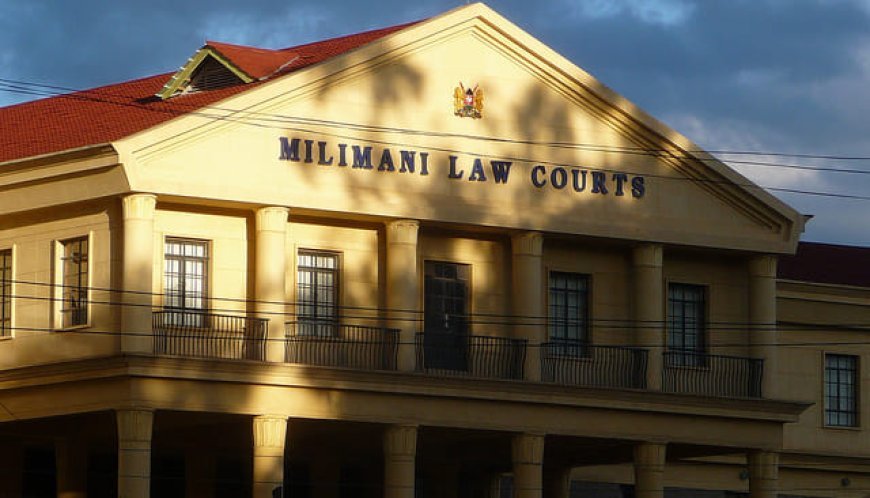Blow To MPs After High Court Declares NGCDF Unconstitutional
A three-judge bench ruled that the Constitution of Kenya does not give the National Assembly the powers to implement functions at the constituency level.

The High Court of Kenya has declared the National Government Constituency Development Fund (NGCDF) unconstitutional, in what hands Members of Parliament (MPs) in Kenya a significant blow of epic proportions.
On Friday, September 20, a three-judge bench ruled that the Constitution of Kenya does not give the National Assembly the powers to implement functions at the constituency level.
The three-judge bench comprising Judge Kanyi Kimondo, Justice Mugure Thande and Lady Justice Roselyne Aburili also found that the NGCDF Act created multiple activities or wastage of scarce resources.
However, two of the judges voted to give the fund more time to allow the completion of pending projects. As a result and in line with the final ruling, the NGCDF will cease functioning on June 30, 2026, at midnight.

The Milimani Law Courts in Nairobi. /FILE
“For all the above reasons and conclusions, we now make the following declarations, that the National Government Constituency Development Fund Act of 2015 as amended in 2022, and 2023 is hereby declared unconstitutional,” stated the three-judge bench.
Justice Mugure Thande who dissented on the decision to extend NGCDF’s lifespan argued that extending the fund beyond the financial year would allow the continuation of a matter that has been declared illegal.
On the question of whether the NGCDF Act of 2015 violates the structure of devolution, the judges emphasized the importance of devolution in Kenya and took issue with duplication of functions.
In 2016, Katiba Institute challenged the constitutionality of the Act on behalf of the Petitioners, who argued that the Act offended the principles of separation of powers, public finance and devolution.
The CDF fund was introduced in 2003 after the late former President Mwai Kibaki took power in December 2002. The fund was designed to support constituency-level, grass-root development projects and was aimed to achieve equitable distribution of development resources across regions and to control imbalances in regional development brought about by partisan politics.
It targeted all constituency-level development projects, particularly those aiming to combat poverty at the grassroots.
The CDF program facilitated the putting up of new water, health and education facilities in all parts of the country, including remote areas that were usually overlooked during funds allocation in national budgets.
The Act provided that the government set aside at least 2.5 per cent of its ordinary revenue for disbursement under the CDF program.
Three-quarters of the amount was divided equitably between Kenya’s 210 constituencies whilst the remaining 1/4th was divided based on a poverty index to cater for poorer constituencies.
It was renamed the National Government Constituencies Development Fund (NG-CDF). This meant that there was more money for schools and security-related projects such as police stations and police posts, as well as bursaries.
The CDF Fund was accused of being a pet project of MPs, who over the years have been using it to buy loyalty and financial muscle to campaign against their opponents.







